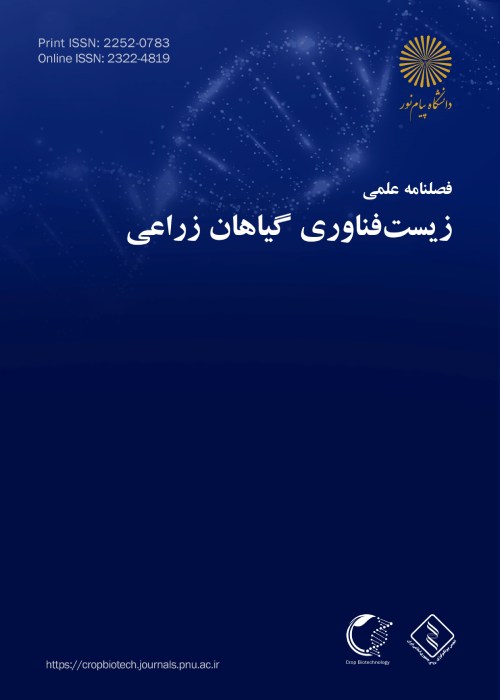A review on reactive oxygen species (ROS): production, function, and their influence on plants
Reactive oxygen species (ROS) produced in organelles such as mitochondria, chloroplast, and peroxisome play an important role in plant signaling and signal transduction pathways. ROSs basically are able to regulate oxidation-reduction (known as redux) reactions, plant growth and defense responses to environmental stimuli. Therefore, they affect every aspect at all life cycle stages of plants. ROSs such as hydrogen peroxide, superoxide, hydroxyl radicals, and singlet oxygen act as secondary messengers in plant cells to regulate a diverse range of protein functions (with post-translational modifications) and gene expression. They are produced naturally during the plant responses to environmental conditions and intra-/inter-cellular communications. Recent researches are indicating that ROS compounds play a key role in the plants response under both biotic and abiotic stresses. Biotic stresses such as fungi, viruses, mites, insects and other organisms, along with abiotic stresses such as drought, salinity and heavy metals, increase the production of ROS in plant cells. Plants possess various mechanisms to deal with the destructive effects of ROS increased production. ROS removal in plants is usually performed by two main groups of enzymatic and non-enzymatic antioxidant molecules. Antioxidant molecules play important roles in plant tolerance under stressful conditions by neutralizing ROS and converting them into water molecules. However, under severe stress conditions, plants are not able to eliminate the entire content of extra produced ROS molecules; as a result, the high amount of ROS causes oxidative stress in plants leading to various damages to the main components of the cells, such as proteins, lipids, DNA, carbohydrates, and ultimately cell death. There are still many unanswered questions regarding the plant specific responses to oxidative stress and regulation of cell communication during stress conditions. This review article tries to introduce the origin, location, and pathways of ROS production along with their types and effects on the cellular signal transduction system in stimulating adaptive responses of plants under stress conditions. Moreover, this review discusses the effectiveness of antioxidants systems in maintaining cell homeostasis and neutralizing the negative impacts of oxygen free radicals in plants.
- حق عضویت دریافتی صرف حمایت از نشریات عضو و نگهداری، تکمیل و توسعه مگیران میشود.
- پرداخت حق اشتراک و دانلود مقالات اجازه بازنشر آن در سایر رسانههای چاپی و دیجیتال را به کاربر نمیدهد.




